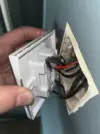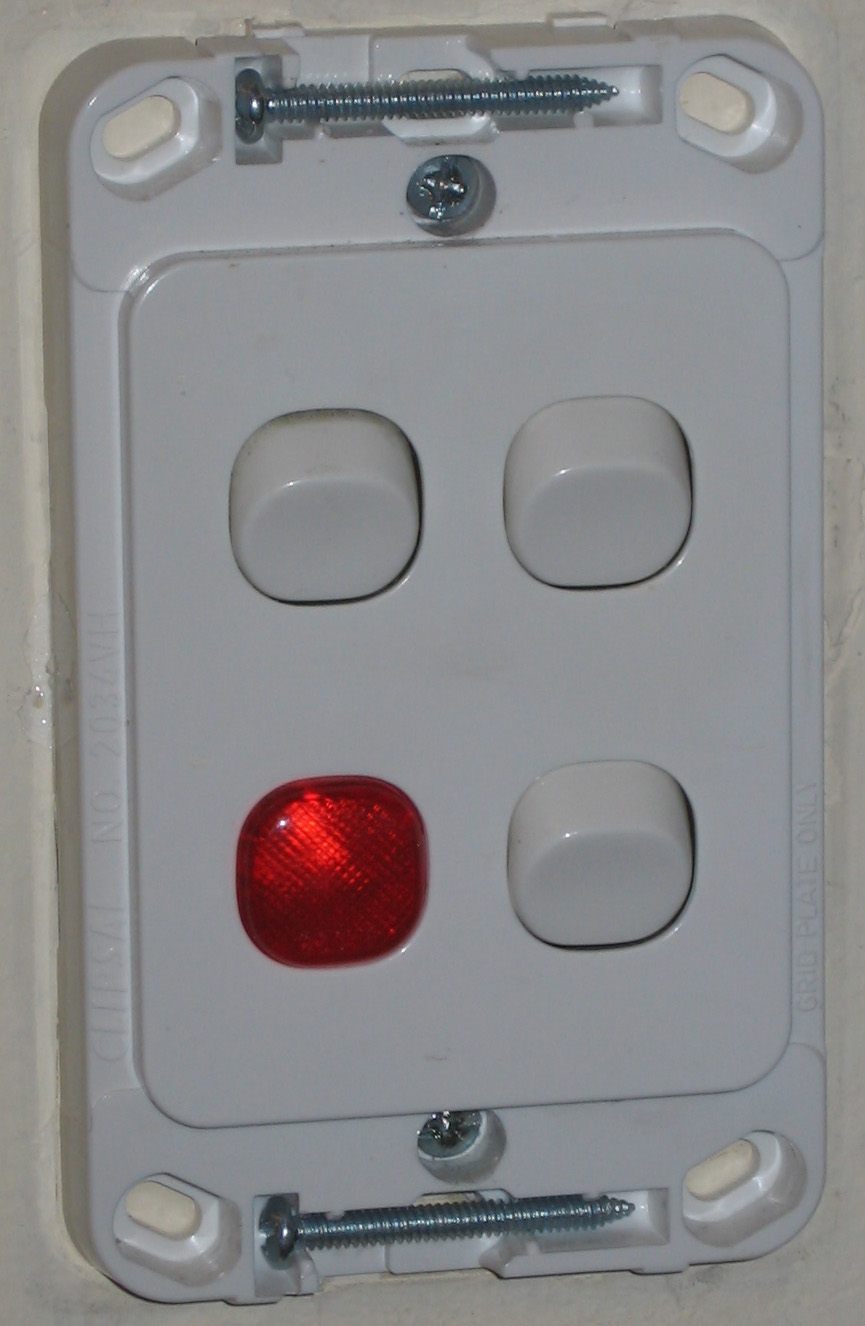We're replacing the light switches and plug sockets in our living room, the plug sockets were easy enough but I was looking for some guidance with the light switch.
The old switch has 4 terminals (see photo)
The new switch has 6 terminals + earth (see photo)
I'm guessing the common wires go into COM1 and COM2?
I'm just a bit unclear about L22 L21 L12 L11 - what do these mean?
I assume I should also be connecting the earth terminal to the metal back box?
The old switch has 4 terminals (see photo)
The new switch has 6 terminals + earth (see photo)
I'm guessing the common wires go into COM1 and COM2?
I'm just a bit unclear about L22 L21 L12 L11 - what do these mean?
I assume I should also be connecting the earth terminal to the metal back box?







